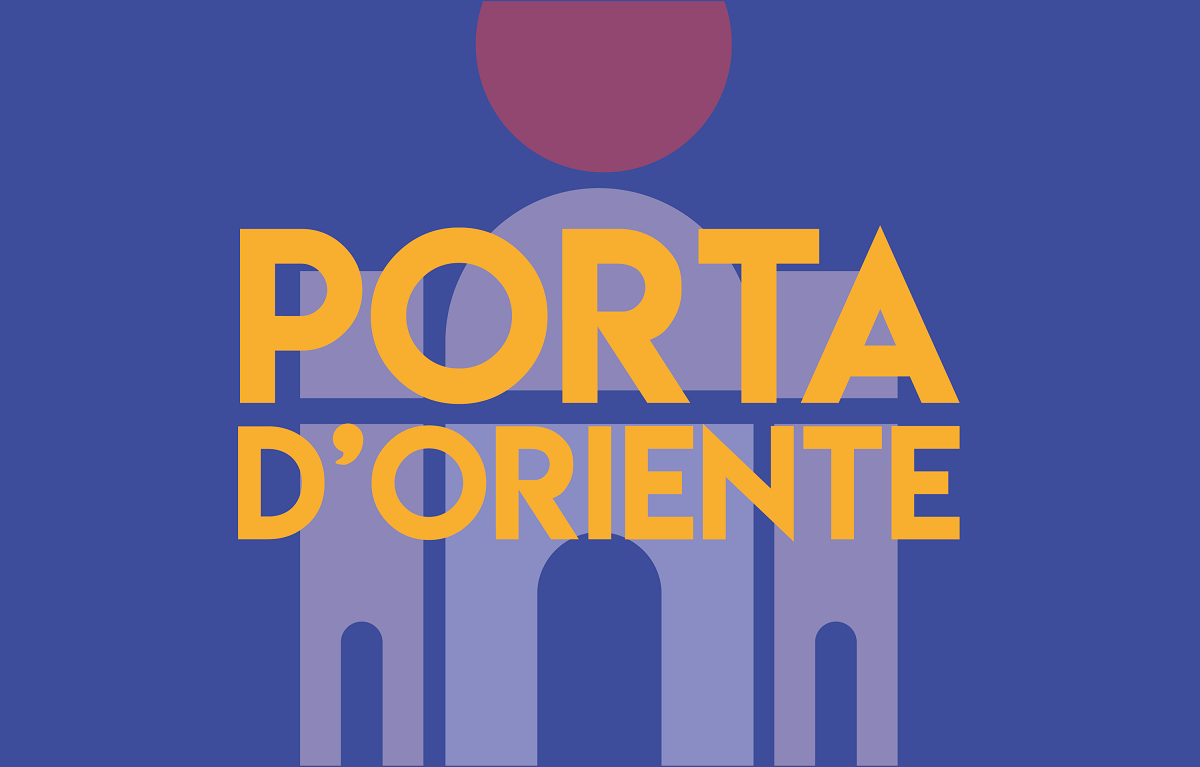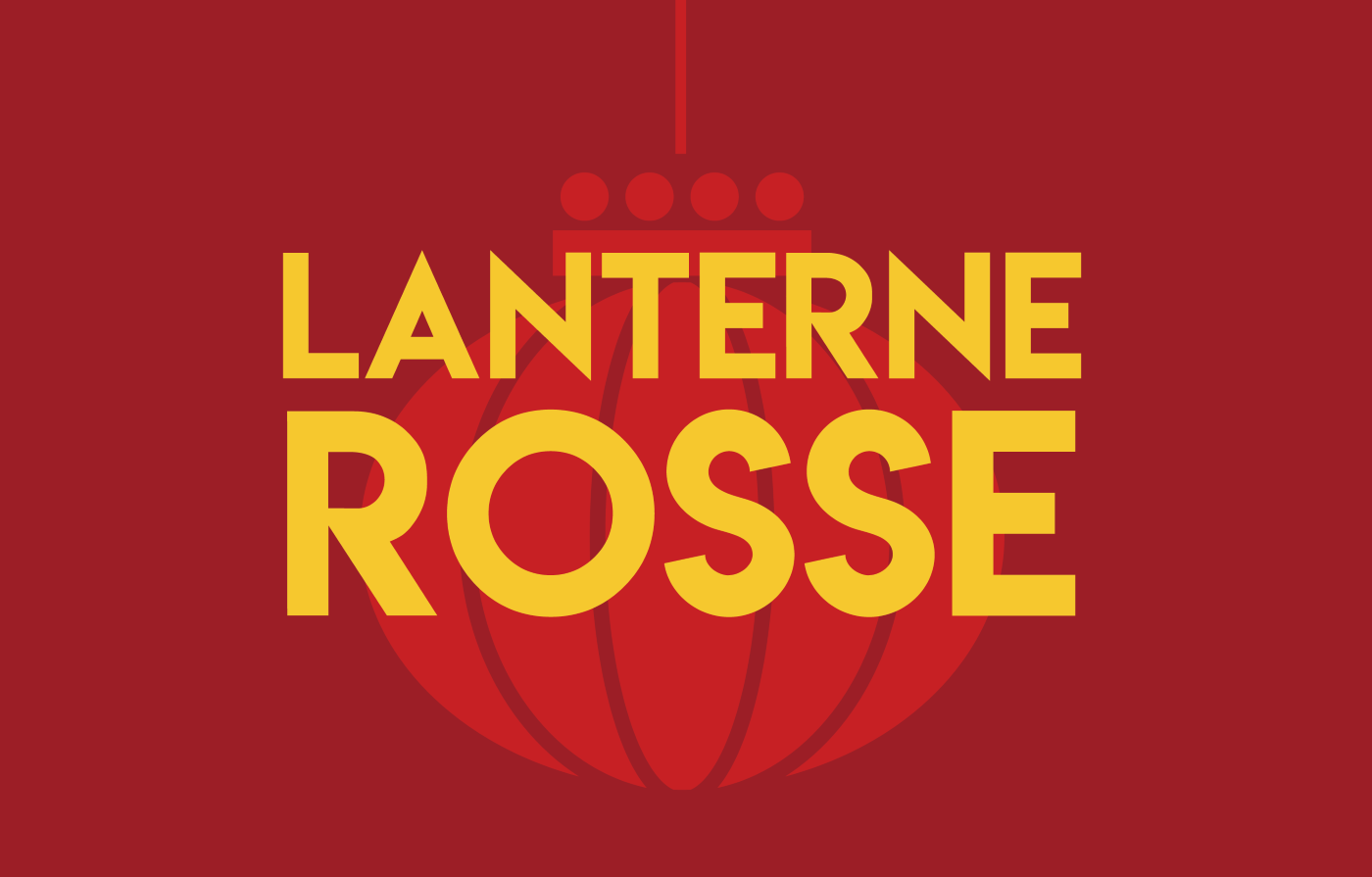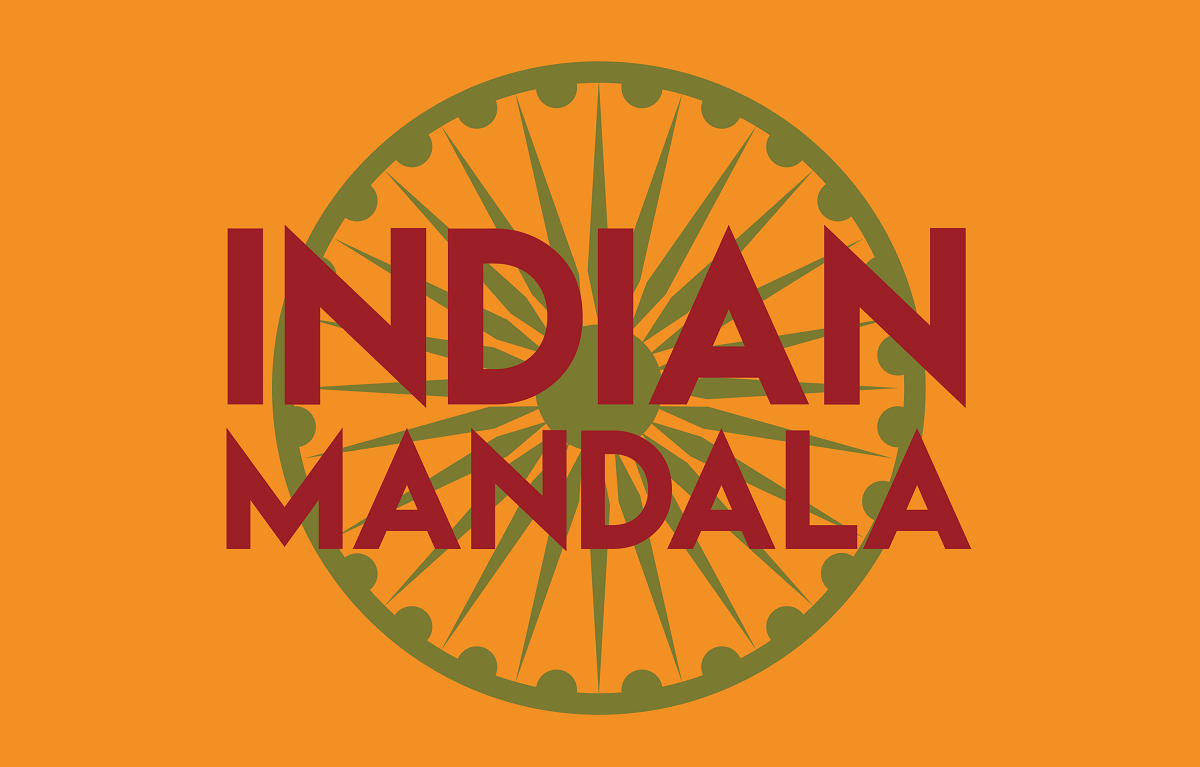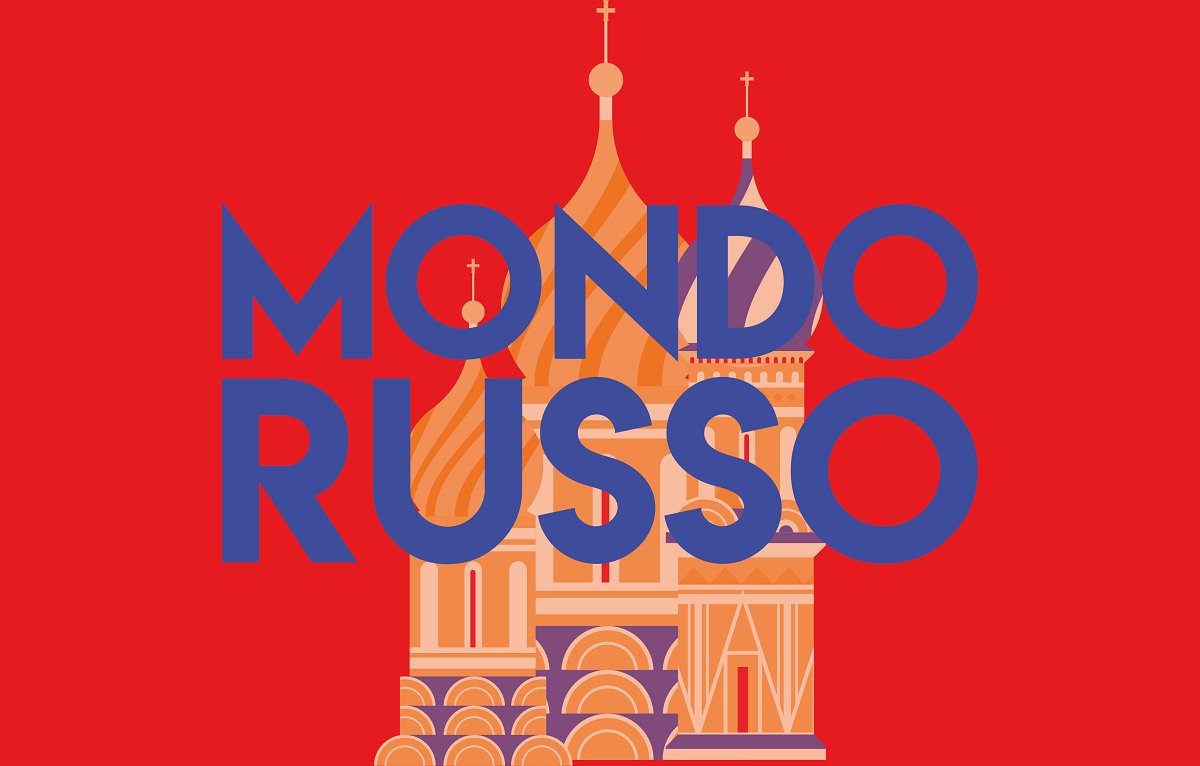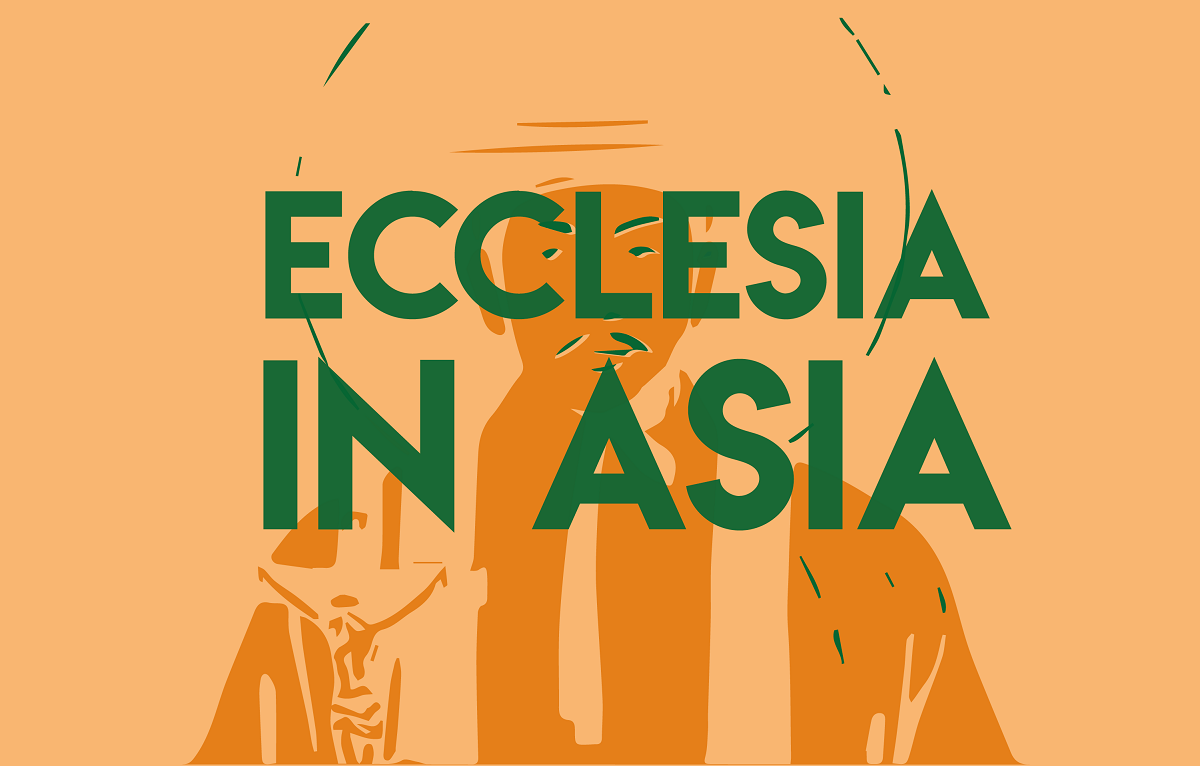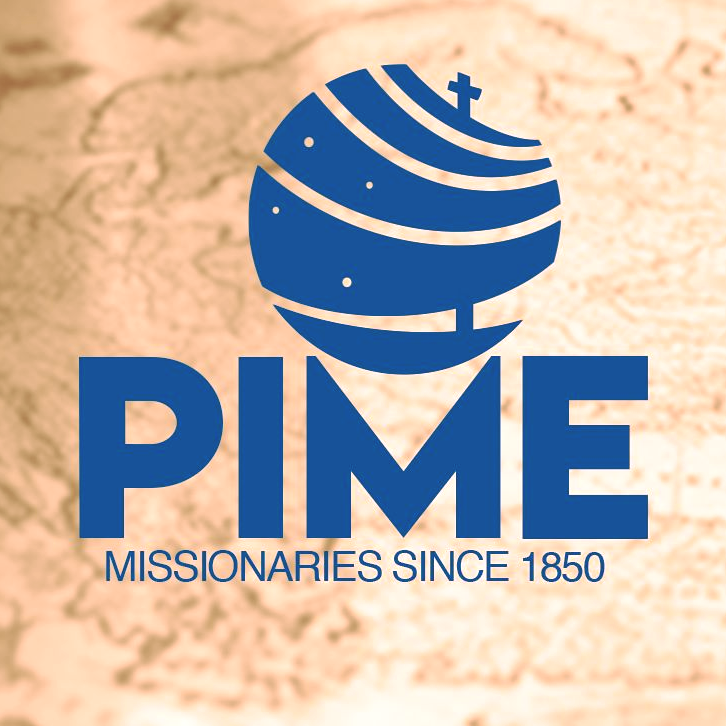An exhibition by the Tanweer Institute to explain Islam to a Buddhist country
Entitled ‘Reconciliation through understanding the Dharma’, it recounts the life and teachings of the prophet Muhammad. There are no comprehensive books on Islam in Sinhala. Rasmi Abdurrahman, lecturer: ‘It is precisely because of a lack of proper understanding that we are victims of crimes and deprivation.’ Guests of honour included Rev. Pannila Sri Ananda Thero and members of parliament.
Colombo (AsiaNews) - The Tanweer Institute for Islamic Studies and Interfaith Understanding, based in the small town of Thihariya in the district of Gampaha, organised an exhibition on 8 and 9 October 2025 on the theme of ‘Reconciliation through understanding of the Dharma’.
This initiative to promote dialogue was visited by several members of parliament, including ministers and administrative officials, who appreciated the Tanweer Institute's commitment to ‘reconciliation’.
The guest of honour at the event was the head of the historic Attanagalla Sri Arahantha Raja Maha Viharaya - an ancient and venerated Buddhist temple, also in Gampaha, near Colombo - and head of the Sanghanayake, the Reverend Pannila Sri Ananda Thero.
‘There is no book written in Sinhala that allows non-Muslims to truly understand Islam,’ Rasmi Abdurrahman, a teacher at the Tanweer Educational Academy, explained to AsiaNews. "And that is what we have tried to do with this exhibition, accompanied by facts and figures. Because when there is a lack of proper understanding, unnecessary conflicts, problems, mistrust and crises arise. And this means that we are constantly victims of crime, loss and deprivation."
How can we understand the Prophet Muhammad? What was the environment in which he lived? His ideal role, his life, his human qualities, and how he lived with non-Muslims were explained to AsiaNews by Rashmi Abdurrahman.
The Academy lecturer explained that these points were explored in depth at various stands dedicated to each topic, with the support of music, conferences and videos. He added that those who expressed a desire to learn more were given a book translated and prepared by the Tanweer Institute on the subject.
Rasmi Abdurrahman pointed out that there is a shortage of Muslim teachers who teach Islam in schools, and confirmed that the Tanweer Educational Academy is helping to bring the subject of Islam to Muslim school-age children, who are a minority in the country. He also recalled that similar awareness programmes had been conducted in previous years on the Hajj and Nombi festivals, i.e. pilgrimage and fasting.
"We invited schools, government institutions and the police in the Gampaha district. We estimate that over 3,000 school-age children and adults came to see the exhibition and learn more about the Islamic faith during these two days,‘ he said. ’It is precisely because they do not know exactly what happens inside the mosque that Sri Lankan Muslims have been subjected to misguided attitudes and criticism of various kinds in the past."
Dilshani Pramodhya, a counsellor at the New Diganta Treatment and Rehabilitation Centre of the National Dangerous Drugs Control Board (NDDCB), said that thanks to the exhibition, she learned many unknown facts about the Prophet Muhammad and gained important insights. The principal of Nittambuwa Buddhist College also visited the exhibition: ‘It was an excellent opportunity for the children in our schools to gain in-depth knowledge and understanding of Islam and the Muslim community. As a school, we express our gratitude to all those who organised this event.’
"I am a Buddhist. Therefore, thanks to this programme, I was able to understand many things about the Muslim religion that I did not know before. In fact, I found many similarities between the philosophy of the Prophet Muhammad and Buddhism. I was able to understand the qualities that people should cultivate, such as love, kindness and leadership skills," said Jayani Malshika, a student at Siyane University, another visitor.





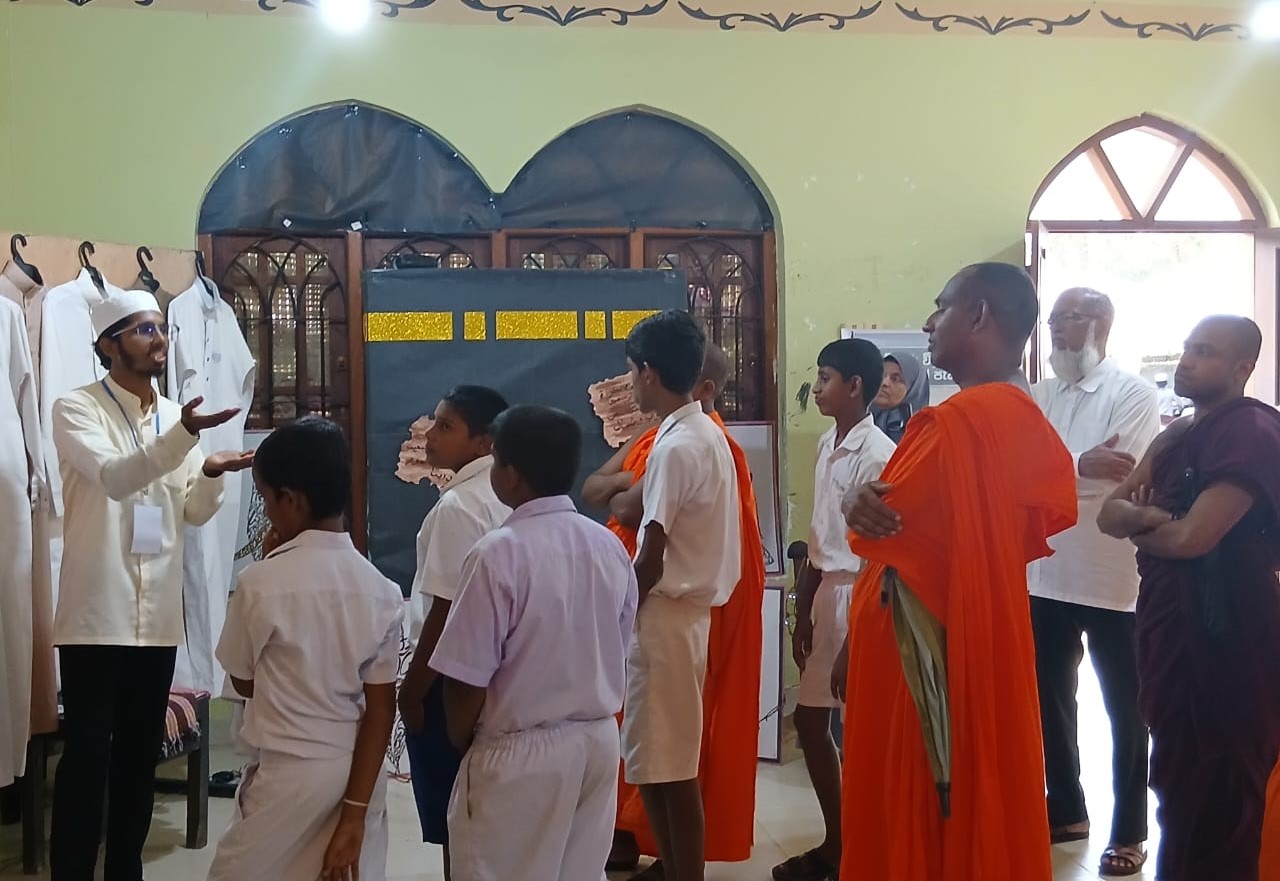

.png)
